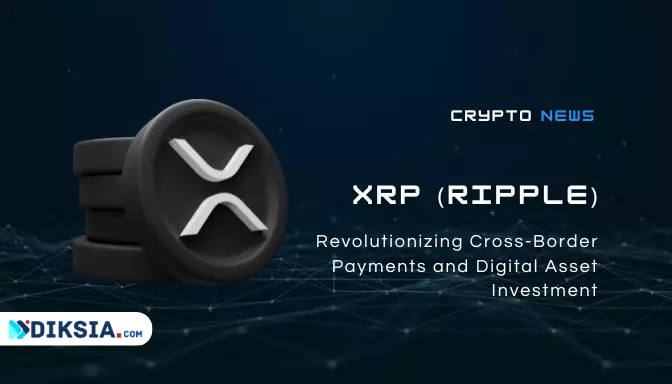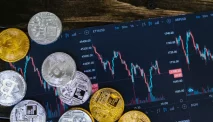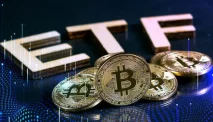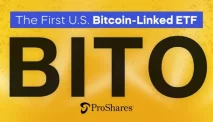Diksia.com - Ripple (XRP) is a cryptocurrency that aims to ease the friction of cross-border transactions through the use of its XRP Ledger software. Ripple is also the name of the company that created the Ripple network and its native token XRP. Ripple was originally founded in 2012 as OpenCoin.
In this article, we will explore the history, technology, market, and investment potential of Ripple (XRP). We will also provide some useful resources for further learning and research.
Ripple (XRP) Introduction
Ripple (XRP) is a cryptocurrency that has been making waves in the world of cross-border payments and digital asset investment. With its innovative technology and strong market presence, Ripple aims to transform the way we send and receive money across borders.
In this article, we will delve into the details of Ripple (XRP), its founders, key features, history, underlying technology, market performance, investment potential, and more.
Coin Details:
| Name | Ripple (XRP) |
|---|---|
| Date of Launch | 2012 |
| Founders | Chris Larsen, Jed McCaleb, Arthur Britto |
| Key Technology | RippleNet, XRP Ledger, Consensus Protocol |
| Current Price | $0.4824 |
| Market Cap | $25B |
| Volume (24h) | $904M |
| Total Supply | 99,988,655,562 XRP |
| Maximum Supply | 100 billion XRP |
| Circulating Supply | 52,254,289,650 XRP |
| Main Use Cases | Cross-border payments, remittances, digital asset investment |
What is Ripple (XRP)?
Ripple (XRP) is a cryptocurrency that is designed to facilitate fast, cheap, and secure global payments. Unlike most cryptocurrencies, which rely on decentralized networks of nodes to validate transactions, Ripple uses a network of trusted validators that operate under a federated Byzantine agreement protocol. This allows Ripple to achieve higher scalability, lower latency, and lower energy consumption than other cryptocurrencies.
Ripple also provides a suite of software products that enable financial institutions, payment providers, and other entities to leverage the Ripple network and XRP for various use cases. These include:
- xCurrent: A messaging system that enables end-to-end tracking and bi-directional communication between banks and payment providers.
- xRapid: A liquidity solution that uses XRP as a bridge currency to convert fiat currencies and reduce costs and risks.
- xVia: A payment interface that allows users to send payments across the Ripple network with a single API call.
- RippleNet: A global network of banks, payment providers, and other financial institutions that use Ripple’s software to provide faster and cheaper cross-border payments.
Who Are the Founders of Ripple (XRP)?
Ripple was founded by Chris Larsen, Jed McCaleb, Arthur Britto, and David Schwartz in 2012. The founders had a vision of creating a new payment system that would enable instant and low-cost transactions across borders and currencies.
Chris Larsen is a serial entrepreneur who previously co-founded E-Loan, an online lending platform, and Prosper, a peer-to-peer lending marketplace. He served as the CEO of Ripple until 2017, when he stepped down and became the executive chairman of the board.
Jed McCaleb is a prominent figure in the cryptocurrency space who also co-founded Mt. Gox, the first Bitcoin exchange, and Stellar, another blockchain-based payment network. He left Ripple in 2013 after a dispute with the other founders over the direction of the project.
Arthur Britto is a co-founder and board member of Ripple who also serves as the president of PolySign, a digital asset custody company. He is also an advisor to Coil, a web monetization platform that uses XRP.
David Schwartz is a co-founder and chief technology officer of Ripple who oversees the development of the XRP Ledger and Ripple’s software products. He is also one of the original architects of the XRP Ledger protocol.
Why is Ripple (XRP) important?
Ripple (XRP) is important because it offers a novel solution to the challenges of cross-border payments, which are often slow, expensive, and unreliable. By using a cryptocurrency as a bridge currency, Ripple can reduce the need for intermediaries, such as correspondent banks and clearing houses, that add fees and delays to the payment process. By using a federated consensus mechanism, Ripple can also achieve faster transaction confirmation and higher throughput than other cryptocurrencies.
Ripple (XRP) is also important because it has gained significant adoption and recognition in the financial industry. Ripple has partnered with over 300 financial institutions across 40 countries to use its software products and network. Some of these include Santander, MoneyGram, American Express, SBI Holdings, Standard Chartered, and PNC Bank. Ripple has also received funding from prominent investors such as Google Ventures, Andreessen Horowitz, Accenture, SBI Group, and Digital Currency Group.
What Makes Ripple (XRP) Unique?
Ripple is unique because it uses a distributed ledger technology called the XRP Ledger. The XRP Ledger is more efficient than traditional blockchains, and it can process transactions much faster.
One of the key differentiators of Ripple (XRP) is its focus on establishing partnerships with banks and financial institutions.
Through RippleNet, its global payments network, Ripple has collaborated with numerous institutions worldwide, including Santander, American Express, and Standard Chartered, to streamline cross-border transactions.
Ripple’s technology also enables the issuance and transfer of various digital assets, making it a versatile platform for tokenization and decentralized finance (DeFi) applications.
Ripple (XRP) is unique because it combines the benefits of cryptocurrency with the advantages of traditional payment systems. Some of these include:
- Speed: Ripple can process transactions in seconds, compared to minutes or hours for other cryptocurrencies and days or weeks for traditional payment systems.
- Cost: Ripple can reduce transaction fees by up to 60%, compared to other cryptocurrencies and up to 80%, compared to traditional payment systems.
- Scalability: Ripple can handle up to 1,500 transactions per second, compared to 7 for Bitcoin and 15 for Ethereum.
- Security: Ripple uses cryptography and a network of trusted validators to secure transactions, without relying on proof-of-work or proof-of-stake algorithms that consume a lot of energy and are vulnerable to attacks.
- Interoperability: Ripple can connect different payment systems, currencies, and networks, enabling seamless and frictionless payments across borders and markets.
What are the key features of Ripple (XRP)?
Some of the key features of Ripple (XRP) are:
- XRP Ledger: The distributed ledger that records and validates transactions on the Ripple network. The XRP Ledger is open-source and decentralized, meaning that anyone can run a node and participate in the network. The XRP Ledger also supports smart contracts, token issuance, and decentralized exchange functionality.
- XRP: The native cryptocurrency of the XRP Ledger that serves as a bridge currency, a unit of account, and a store of value. XRP has a fixed supply of 100 billion units, of which 45 billion are currently in circulation. XRP is divisible up to six decimal places and has a low inflation rate. XRP is also designed to be environmentally friendly, as it does not require mining or staking to secure the network.
- Ripple Protocol Consensus Algorithm (RPCA): The consensus mechanism that enables the XRP Ledger to reach agreement on the state of transactions and balances. RPCA is based on a federated Byzantine agreement protocol, which allows each node to choose a set of validators that it trusts. Validators then exchange messages and vote on transaction proposals until they reach a supermajority. RPCA can achieve finality in 3-5 seconds and can tolerate up to 20% of faulty nodes.






